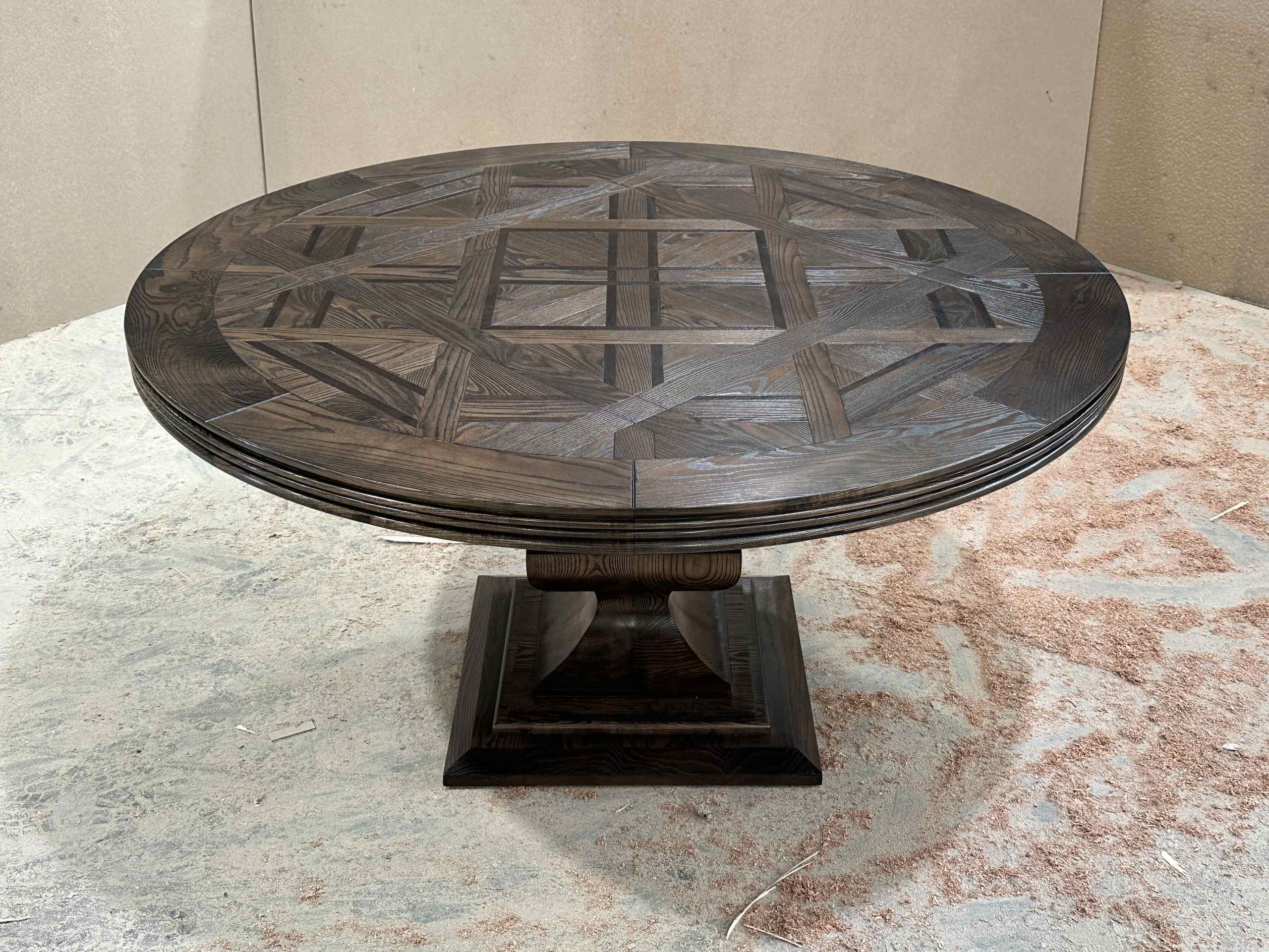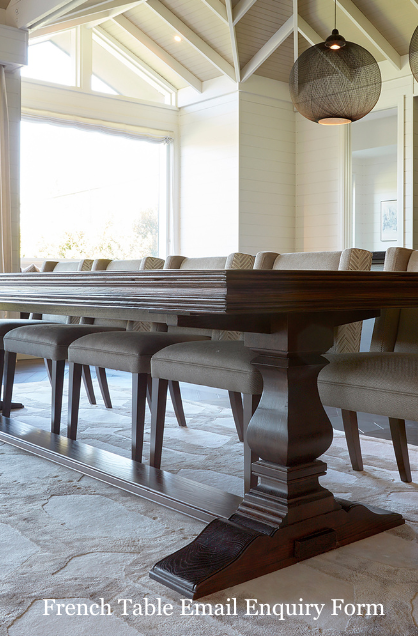Bookcases in Interior Design: Function Framed by Craft
A bookcase in interior design does more than house books. It introduces order, creates visual rhythm, and often becomes a central architectural feature in a room. Whether freestanding or integrated into a larger wall unit, the right bookcase balances function and form with quiet confidence. In rooms where clarity and cohesion matter, a thoughtfully crafted bookcase offers more than storage—it becomes part of how a space breathes.
This article explores the role of bookcases in interior design, focusing on proportions, material choices, and practical considerations. We also look at how collections by Australian-made furniture manufacturer Mark Alexander reflect timeless quality through craftsmanship and an understanding of how people use their spaces.
Why Bookcases Deserve Luxury Interior Design Attention
Some pieces of furniture support daily routines without attracting much notice. Others help shape the entire room. A bookcase in interior design does both. It acts as a functional backdrop while offering an opportunity to bring order and personality into a space.
Unlike smaller furnishings that are chosen for specific moments—such as a bedside table—a bookcase often influences the broader layout of a room. Its presence can define boundaries, soften transitions, or add depth to a wall. Used well, it introduces structure without creating visual noise.
This is why bookcases in interior design matter. They’re subtle tools for spatial harmony.
Material Choices That Matter
Timber remains a preferred material for high-end bookcases in interior design and with good reason. It wears gracefully, brings warmth, and creates visual consistency. Oak, for instance, has a lighter presence that suits contemporary interiors, while walnut offers a darker, more grounded feel. Other timbers like ash or elm contribute subtle variation through grain and tone.
Some pieces combine timber with metal or stone. These contrasts work best when handled with restraint—when each material supports the whole, rather than competing for attention.
Mark Alexander, a luxury interior designer and furniture manufacturer based in Australia, consistently demonstrates how thoughtful use of timber can support longevity and style. His bookcases are designed to sit comfortably within a space, rather than dominate it.
Luxury Interior Design and Proportion: What Works and Why
Luxury interior design is rarely accidental. The scale of a bookcase in interior design must suit the room it lives in. Too tall, and it can overwhelm. Too short, and it might feel disconnected from the surrounding elements.
Equally important is internal layout. Fixed shelves offer structure, but adjustable options introduce flexibility. Some designs incorporate a mix of open shelves and closed compartments, allowing for display and concealed storage in one piece.
A parquetry table nearby, for example, might echo the detail of a bookcase without matching it outright. These kinds of dialogues between furniture pieces create interest, especially in larger living areas or libraries.
Craftsmanship and Everyday Use
A bookcase in an interior design isn’t just a visual element—it’s something you interact with. Shelves should hold their weight, drawers should glide, and surfaces should resist wear. These are basic expectations, but meeting them well requires experience and precision.
Solid timber construction often outperforms veneer alternatives over time, especially in busy spaces. The joinery, too, should be discreet but strong. These aren’t things that call attention to themselves—but they become obvious when they’re missing.
The approach taken by furniture makers like Mark Alexander highlights how attention to construction affects the long-term value of a piece. His focus on detail, material integrity, and Australian-made processes stands out in a field where durability often gets overlooked.
Styling Without Clutter
A bookcase doesn’t need to be full to feel complete. Well-composed shelves allow objects to breathe. Consider mixing books with ceramics, art, or personal mementos. Try placing items in clusters and varying their height and depth. It creates rhythm and avoids monotony.
Think of the bookcase as part of a wider conversation within the room. If there’s a parquetry table nearby or timber-framed windows, allow the finishes to complement each other—even if they don’t match exactly.
This layered approach is central to effective bookcases in interior design. It’s about allowing form, material, and negative space to work together.
Conclusion
Bookcases don’t always draw immediate attention, but their impact on a space can be lasting. They offer structure and continuity—qualities that support the flow and comfort of a room.
The best designs won’t need frequent adjustment. They’ll fit from the beginning and improve with age. Whether part of a larger interior plan or chosen as a focal piece, a bookcase made with intention becomes a quiet anchor.Collections from Australian-made luxury interior designer and furniture manufacturer Mark Alexander illustrate this well. His work champions strong material choices, thoughtful proportions, and furniture that supports how people live—now and in the future.



